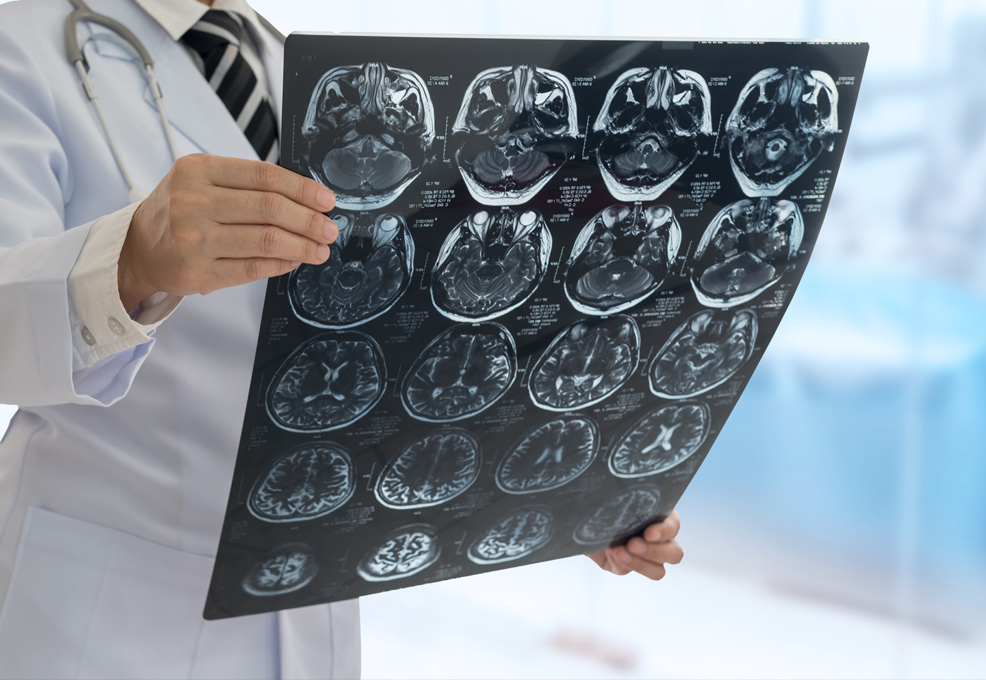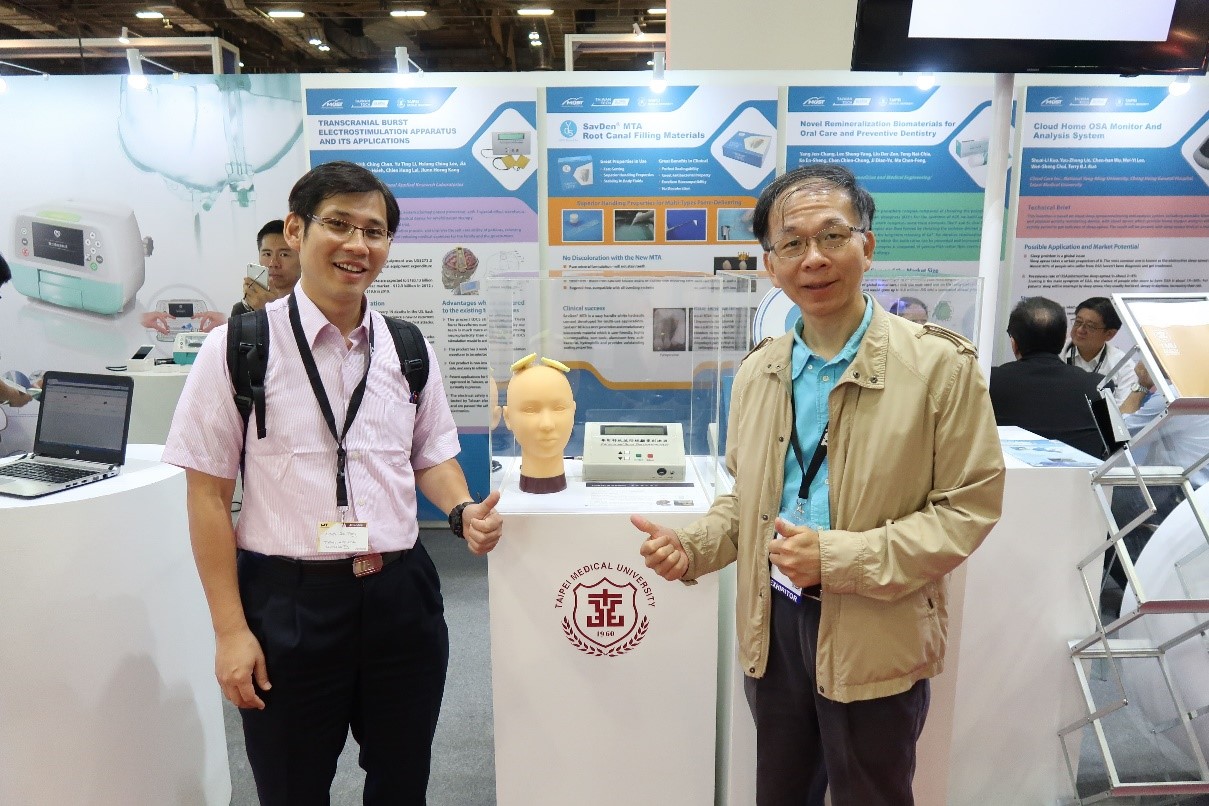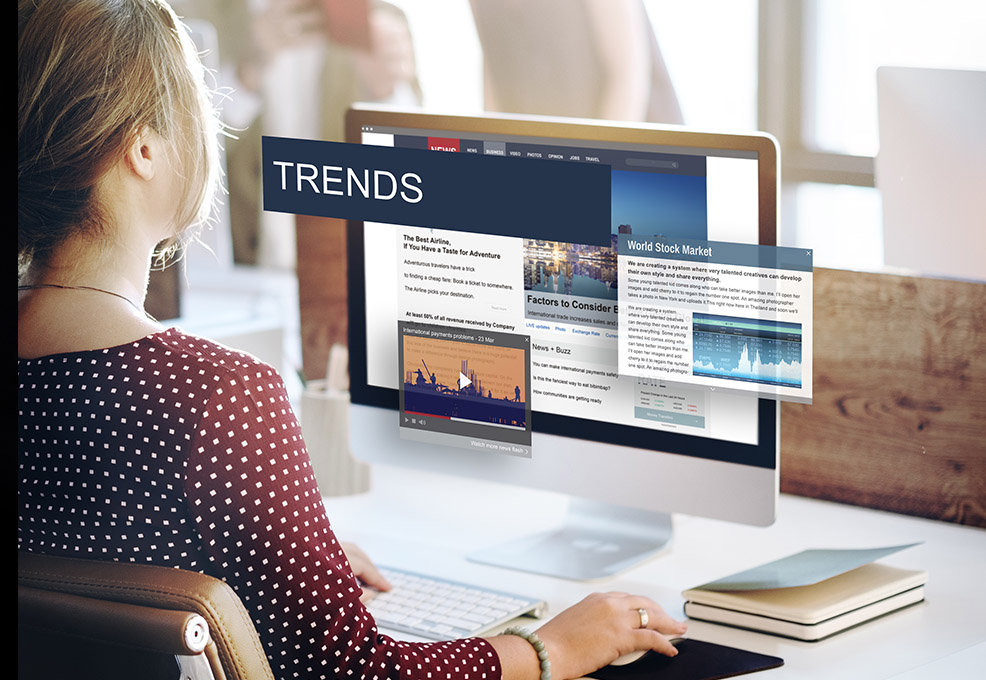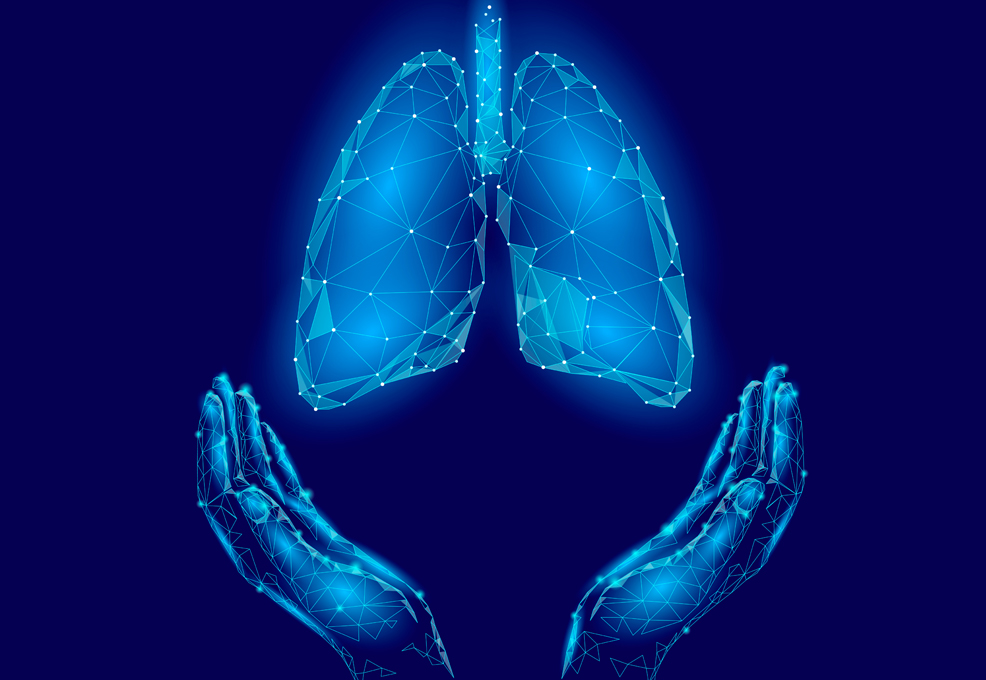Predicting Winning Price in Real Time Bidding for Online Advertising

Author(s)
Chih-Wei PengBiography
Prof. Chih-Wei Peng is currently a professor in the Department of Biomedical Engineering at Taipei Medical University (TMU) in Taipei, Taiwan. His current research direction focuses on the development and application of the newly novel neuromodulation technology, such as transcranial electrical current stimulation and magnetic stimulation, for neurorehabilitation in the central neurological patients.
Academy/University/Organization
Taipei Medical UniversitySource
IEEE Transactions on Neural Systems and Rehabilitation Engineering 2019
https://ieeexplore.ieee.org/document/8680031-
TAGS
-
Share this article
You are free to share this article under the Attribution 4.0 International license
- LIFE SCIENCES
- Text & Image
- September 25,2019
Brain stimulation techniques, such as repetitive transcranial magnetic stimulation (rTMS) and transcranial direct current stimulation (tDCS), have become popular neuroplasticity methods that improve motor and memory functions by augmenting brain neuroplasticity in patients in clinical settings. Professor Peng’s research team implemented a prototype of a novel transcranial electrostimulation device that can flexibly output a waveform that combines dc and the intermittent theta burst stimulation (TBS) protocol. Their results showed that tDCS stimulation with intermittent TBS is much more efficient for improving neuroplasticity than other traditional tDCS stimulation models in animal models. In addition, this device has been applied in a clinical trial in Taipei Medical University Hospital and showed a significant improvement in the brain plasticity among stroke patients by regulating the central nervous system. The patient with tDCS stimulation with iTBS significantly improved upper limb activity and coordination compared to the traditional upper limb rehabilitation treatment. Although the results of tDCS interventions for motor rehabilitation are still preliminary, Professor Peng encourages further research to better understand its therapeutic potential and to accelerate its use as a tool in clinical practice.

As a novel direction of rehabilitation therapy, transcranial direct current stimulation (tDCS) consists of a device that will deliver a weak and non-invasive electrical current through two scalp electrodes placed over the head. This device can activate or inhibit the connections between neurons by some factors such as the location, and the positive or negative energy. In recent years, tDCS has been used in the treatment of pain, depression and addictive diseases. However, studies regarding the optimal tDCS model for stroke rehabilitation are still rare. Recovery as a result of traditional stroke rehabilitation often has poor outcomes and a long rehabilitation time. Therefore, the development of an effective therapy device is an important issue for stroke rehabilitation. Professor Chih-Wei Peng, from the School of Biomedical Engineering, Taipei Medical University, led an interdisciplinary research team focusing on tDCS to improve the development of practical clinical treatments for those with neurological disorders like motor rehabilitation after stroke.
With the continuous strong support from MOST, the research team has developed the first prototype of the single-channel tDCS system with theta burst waveforms (at present, most of the traditional transcranial stimulators have only DC waveform mode). The team showed that tDCS stimulation with intermittent theta burst stimulation (iTBS) is much more efficient for improving neuroplasticity than other traditional tDCS stimulation models in animal models, and their research accomplishment was published in the high-profile international journal, IEEE Transactions on Neural Systems and Rehabilitation Engineering, in 2019. Furthermore, the patent applications for this system have been approved in Taiwan and Europe. In addition, this device has been applied in a clinical trial in Taipei Medical University Hospital and showed a significant improvement in the brain plasticity of stroke patients by regulating the central nervous system. The portable tDCS system can be directly worn on the patient's head during the rehabilitation therapy process. Professor Peng and his team found that the patient with tDCS stimulation with iTBS significantly improved upper limb activity and coordination compared to the traditional upper limb rehabilitation treatment. Although the results of tDCS interventions for motor rehabilitation are still preliminary, Professor Peng encourages further research to better understand its therapeutic potential and to accelerate its use as a tool in clinical practice.The ultimate goal of Professor Peng and his team is to obtain the US FDA, CE and TFDA approval, and they hope that the novel tDCS combined with the rehabilitation of upper extremities will become a routine treatment for stroke patients at hospitals or residential rehabilitation in the future, thus shortening the duration of rehabilitative periods after stroke, improving patients’ activity of daily living, reducing the care burden of patients’ family, and subsequently decreasing the cost of health care insurance.
STAY CONNECTED. SUBSCRIBE TO OUR NEWSLETTER.
Add your information below to receive daily updates.




